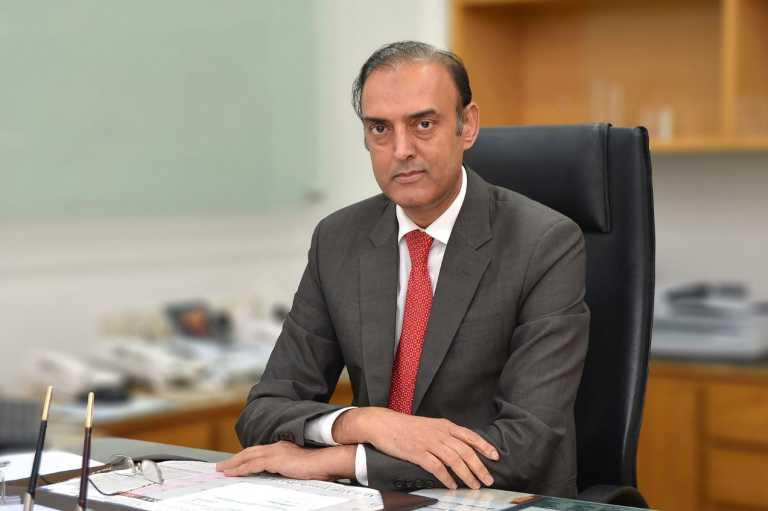State Bank of Pakistan (SBP) Governor Jameel Ahmad has said that the current policy mix adopted by the federal government and the Central Bank is geared towards achieving stabilization through addressing macroeconomic imbalances.
Speaking at events organized by global banks, including Barclays, JP Morgan, Standard Bank, and Jefferies on the sidelines of the IMF-World Bank meetings in Marrakech, Morocco, he briefed the investors about the recent macroeconomic developments, policy responses to current challenges, and the outlook of Pakistan’s economy. He also answered their questions.
Jameel Ahmad said that the SBP is among the first central banks that began to tighten monetary policy in the wake of the rising inflation globally. However, certain domestic challenges, most notably the unprecedented floods in the beginning of the previous fiscal year, complicated SBP’s efforts to bring down inflation.
On a cumulative basis, SBP has increased the policy rate by 1500 bps over the last two years. Likewise, the government has also stepped up its fiscal consolidation efforts.
Mr. Ahmad said that the stabilization measures have started yielding results. Inflation has come down to 31.4 percent in September 2023 after peaking at 38.0 percent in May 2023 and is expected to continue its downward trajectory over the coming months, whereas the external account has improved considerably and foreign exchange buffers are being built up.
He shared that with the policy rate at 22 percent, the SBP assesses the real interest rates turning substantially positive on a forward-looking basis, as inflation is expected to come down significantly during the second half of this fiscal year. Going forward, the Stand-By arrangement with the IMF is expected to support the ongoing policy efforts to stabilize the economy.
He also highlighted the shock-absorbing role of the market-determined exchange rate and the support from multilateral and bilateral lenders in addressing the external sector challenges. The current account deficit (CAD) reduced to 0.7 percent of GDP in FY23 from 4.7 percent in FY22. The earlier administrative measures that had contributed towards the lowering of CAD last year, are now withdrawn. Nonetheless, the ongoing stabilization measures and flexible exchange rate are expected to keep the CAD within the range of 0.5-1.5 percent of GDP in FY24.
Mr. Jameel Ahmad informed the investors that the foreign exchange buffers are improving with both build-up in reserves and reduction in forward foreign exchange liabilities. He explained that since January 2023, SBP’s foreign exchange reserves improved from a low of $3.1 billion to $7.6 billion as of end-September 2023. The reserves build-up was largely supported by non-debt creating inflows amid favorable market conditions. At the same time, SBP’s forward foreign exchange liabilities have declined and the forward book target of $4.2 billion for end-September 2023 agreed with the IMF has already been met by a wide margin. Similarly, SBP is also very comfortably placed to meet the other end-September IMF targets, including Net International Reserves (NIR) and Net Domestic Assets (NDA).










